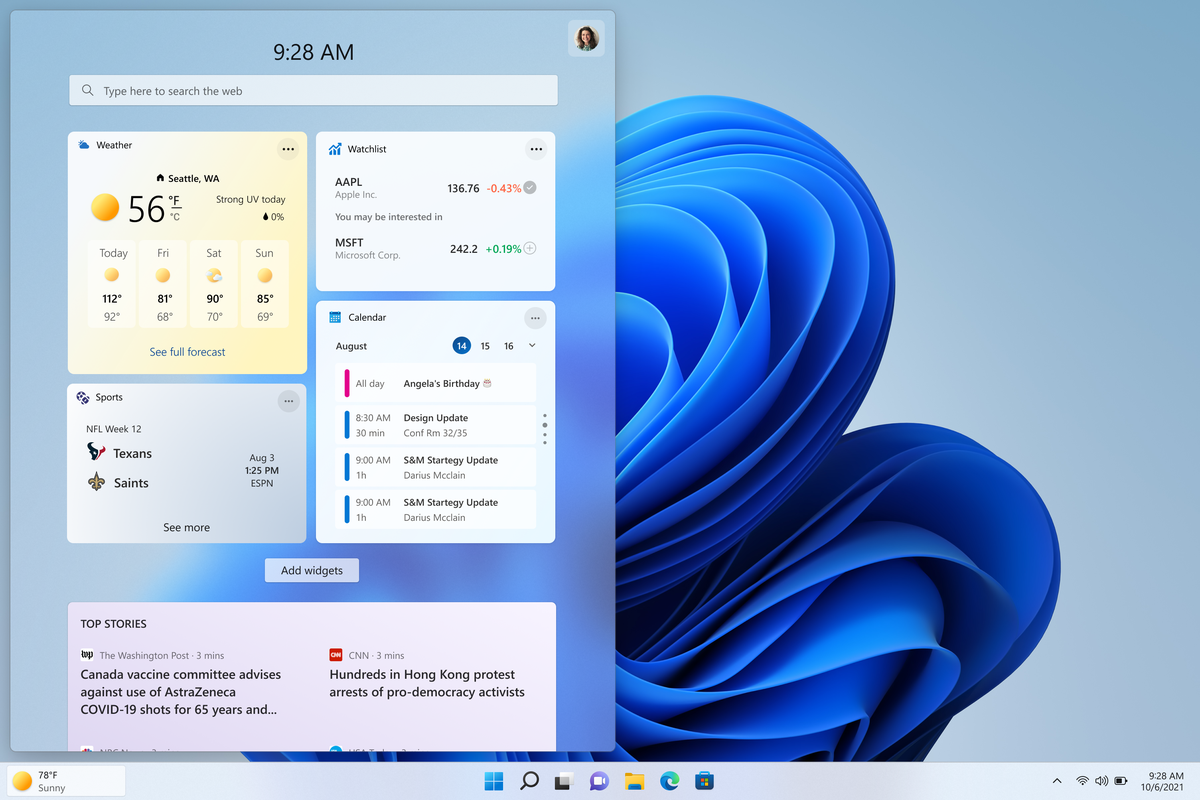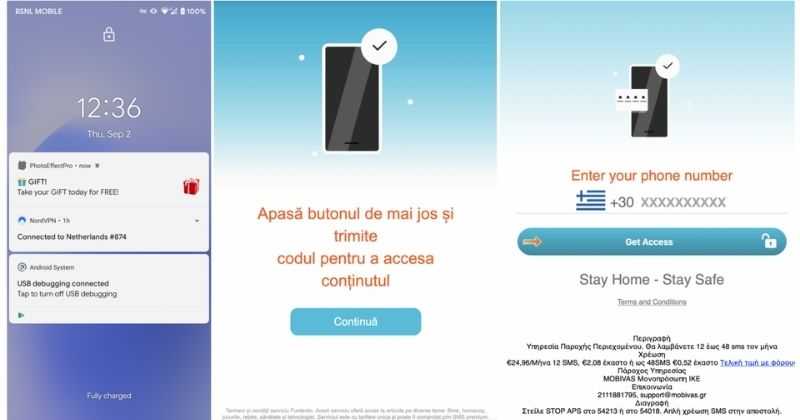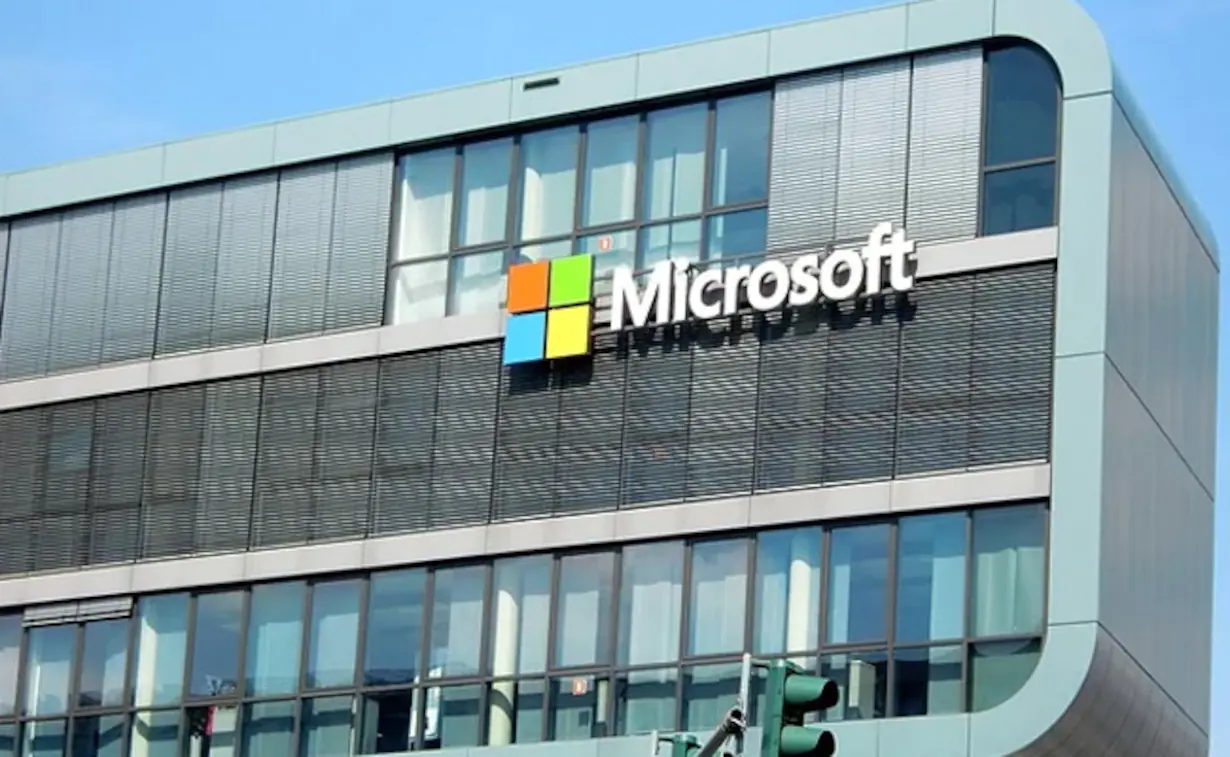
Besides Star Trek, Star Wars was one of my favorite movie franchises, as a kid, it was the first movie I have seen in Theatre and over the years I have rewatched and reached each entry in the franchise. It has significantly grown over the years, sometimes for worse, sometimes for better but what it always did is explored and expanded lore, characters and brought stories interesting and original enough.
The Series has always been original and innovative enough with interesting characters and locations and it managed to capture the imagination of many viewers around the globe.
If you or someone else is watching the franchise for the first time it is recommended actually to watch everything how it was released because of some information that is spoiled in prequels that could spoil some interesting revelations later. But if you have already watched everything and would like to follow the story from the beginning to end we are presenting you with the list of all TV series and movies in tar Wars canon in their chronological order so you can enjoy some good character developments and see the whole story unfold how it was meant to be.
In the following list, as told, we are including TV series (both released and currently in production) in the Star Wars canon.
Star Wars: The Acolyte
Acolyte is upcoming TV series exploring times in the old republic and the rise of the dark side within
Star Wars Episode I: The Phantom Menace
The first movie entry in the franchise introducing some key characters who will go through various adventures yet to come
Star Wars Episode II: Attack of the Clones
Continuation of story and deepening of the plot laid out in the previous movie
Star Wars: The Clone Wars
Animated TV series exploring war in more detail, set in the period between episodes 2 and 3, before series there is clone wars full length animated movie titles simply as Star wars clone wars serving as a pilot to series.
Star Wars Episode III: Revenge of the Sith
Last movie in so-called prequel trilogy finishing some stories and finalizing some character arcs
Star Wars: The Bad Batch
Upcoming animated series Bad batch will focus on few troopers find their way in changing the galaxy
Solo: A Star Wars Story
Story of everyone loved Han Solo character, this origin story will introduce you to some key characters in the later entry of series
Obi-Wan Kenobi
Upcoming series that will focus on everyone's favorite JEDI master Obi-Wan
Star Wars Rebels
Animated series exploring first sparks of forming rebel alliance against dreaded empire
Andor
Upcoming series set five years before the events of Rogue One, the series follows rebel spy Cassian Andor during the formative years of the Rebellion.
Star Wars Rogue One
Full feature movie setting up events for episode 4
Star Wars Episode IV: A New Hope
First Star Wars movie, little outdated today with special effects but with a strong story and introducing some new characters which will become main icons of franchise
Star Wars Episode V: The Empire Strikes Back
Arguably the best movie in the whole series, leaning more to serious note and darker than previous entries. Besides Episode 3 this is the most serious and dark movie of the series.
Star Wars Episode VI: Return of the Jedi
Last movie entry in the so-called original trilogy, finishing some stories and wrapping up one era.
Star Wars The Mandalorian
Set after episode 6 show focuses on a Mandalorian bounty hunter character following his adventures in the galaxy.
The Book of Boba Fett
Upcoming Mandalorian spin-off TV series focusing on Bobba Fet, one of most loved bounty hunter characters in the Star Wars universe
Ahsoka
Star Wars: Ahsoka is an upcoming live-action television limited series exploring the character of Ashoka Tano first seen in Clone Wars
Rangers of the New Republic
Set within the timeline of The Mandalorian, Rangers of the New Republic is a new upcoming live-action series.
Star Wars: Resistance
Animated series exploring resistance against first-order setting up events to be followed in the newest trilogy of movies.
Star Wars Episode VII: The Force Awakens
First full feature movie set in the post-empire era introducing new characters and bringing back some fan favorites.
Star Wars Episode VIII: The Last Jedi
The second movie in the last order trilogy, continuing stories of previously establishes characters
Star Wars Episode IX: The Rise of Skywalker
Last entry in new order trilogy of movies, finishing some open stories and concluding arcs for characters previously introduced in Force Awakens.
That's it, chronological order of canon TV shows and movies of the Star Wars franchise. We are sure there will be more movies and shows in the future and someday we will revisit this list to include them as well. Until then, may the force be with you.
If you would like to read more helpful articles and tips about various software and hardware visit errortools.com daily.


 Error Causes
Error CausesError code 0x803f7001 results when users fail to update their Windows operating system. This often occurs when they seek to update from Windows 8 or 8.1 to Windows 10. Users will be able to identify error code 0x803f7001 because of the following common symptoms which occur:
 Error Causes
Error CausesThe causes for error code 0x803f7001 are usually associated with the use of an unlicensed version of Windows 8 when upgrading to Windows 10. In such cases, the error code occurs when there is no valid Windows license or product key on your device.
To fix error code 0x803f7001, users may not necessarily need technical knowledge or the help of a Windows repair technician. Usually, the process is simple and can be resolved with the use of a valid product key. However, if users have trouble implementing the instructions found in the manual repair methods listed below, contact a Windows repair specialist for help or use an automated tool that provides the best solutions for problems like error code 0x803f7001.
A product key is a 25-character code that enables users to activate their Windows operating system. To successfully activate your operating system and resolve error code 0x803f7001, enter the product key in the correct order. Once you have a valid product key in your possession, begin to resolve the error code by following the instructions below:
Once you type in the valid product key, you should be able to successfully upgrade to the latest version of Windows. However, this method is only effective if the error code 0x803f7001 on your device is caused by issues related to the product key.
If the error code reappears after attempting manual repair method one, move to the next manual method suggested below.
This method is crucial for you to perform if method one was not successful. Begin the reinstallation process by ensuring you have a genuine version of Windows 8. After reinstalling this version of your Windows operating system, attempt to upgrade to Windows 10 by following the instructions below:
If this method is successful, you will no longer see error code 0x803f7001 pop up in a message box. You will also be able to access Windows 10, and all the benefits it provides users, on your device.
Automated tools help PC users eliminate common issues such as Windows error codes. To address or rectify error codes like error code 0x803f7001 download a powerful automated tool on your machine. This tool enables users to access quick solutions. It also scans for and corrects issues that may result in error codes or poor PC performance.
 The first step is to right-click anywhere on the taskbar (in empty space) and choose Taskbar settings
Once the taskbar settings are opened, find Widgets and click on the switch on the far right to turn it off, immediately no more information will be shown on the taskbar and it will be free again. And that is all there is to it.
The first step is to right-click anywhere on the taskbar (in empty space) and choose Taskbar settings
Once the taskbar settings are opened, find Widgets and click on the switch on the far right to turn it off, immediately no more information will be shown on the taskbar and it will be free again. And that is all there is to it.  So if you ever wanted to learn about photoshop, maya, substance, unreal engine, or some general skills like sketching, drawing, etc. Now is the perfect time to level up your skills. Drop to the artstation website and start learning today!
So if you ever wanted to learn about photoshop, maya, substance, unreal engine, or some general skills like sketching, drawing, etc. Now is the perfect time to level up your skills. Drop to the artstation website and start learning today!  According to Zimperium zLabs, this malware that was recently detected has been doing its scams and attacks even in November of 2020 and has thus far accumulated hundreds of thousands of dollars in its scam.
On the surface it looks very harmless, asking for typical permissions like internet access, calls, and other related needed functions, and then it waits. After few months the real attack happens when users get charged with premium service they never subscribed to in the first place.
According to Zimperium zLabs, this malware that was recently detected has been doing its scams and attacks even in November of 2020 and has thus far accumulated hundreds of thousands of dollars in its scam.
On the surface it looks very harmless, asking for typical permissions like internet access, calls, and other related needed functions, and then it waits. After few months the real attack happens when users get charged with premium service they never subscribed to in the first place.
 Error Causes
Error CausesMicrosoft has cut out Russia from downloading ISO files for Windows 10 and Windows 11 as well as installation tools without any explanation or reason behind this.

If you connect via VPN to a Russian server and try to download either ISO files or installation tools you will be greeted with the error 404 and an explanation of File or Directory not found or There was a problem with your request.
At this time you can still download Windows 11 Media creation tool but once you run it will throw a 0x80072F8F-0x20000 error with text: For some unknown reason, this tool failed to run on your computer.
People in Russia can still download files if they connect via VPN and go to a server located outside Russia.
Microsoft has not published any explanation why is this happening, it might be technical difficulty or it could be on purpose.
Since the beginning of the Russian military operation in Ukraine Microsoft has been putting restrictions on Russia starting with a suspension of all sales in March, next month in April Microsoft started suspending developer's accounts on GitHub linked to sanctioned companies and the suspension was even if the developer is not working for a given company or left it.
At the beginning of this month, Microsft laid off 400 employees inside Russia as they began scaling back operations in the country but has also stated that they would continue to provide services to all contractors and customers inside Russia so this sudden blocking of downloads is unexpected and it goes against their statement.